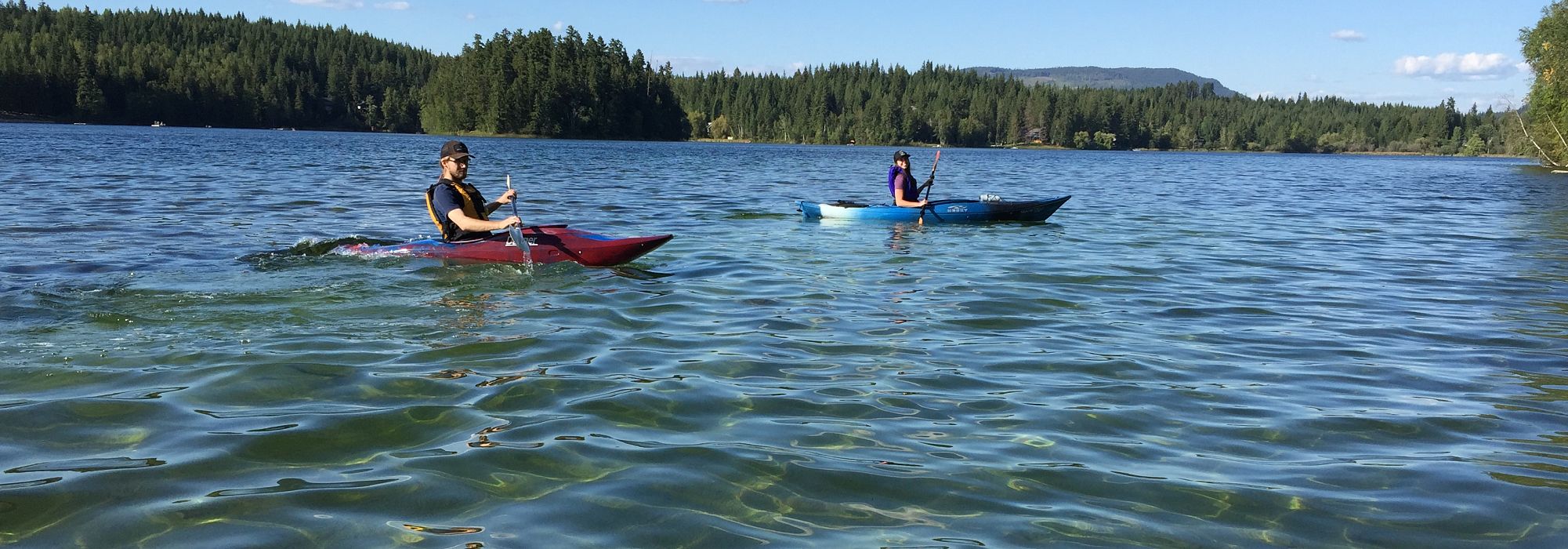Shuswap Blueway Paddle Trails
Weytkp! Welcome to the Shuswap Lakes region, within the unceded territory of the Secwépemc First Nation, homeland of the Adams Lake, Skwlāx te Secwepemcúl̓ecw (formerly Little Shuswap Lake), Neskonlith, and Splatsin.
The Shuswap is a place of water. Lakes, rivers, and creeks form a complex watershed that meet in the four arms of Shuswap Lake before flowing through Little Shuswap Lake into the South Thompson River. These waterways are the ancestral paths of the Secwépemc people, and the nursery of the great interior Sockeye Salmon runs. Communities throughout the region have committed with Secwépemc leadership to care for these waterways under the Shuswap Regional Trails Strategy protocol, which include blueway paddle trails. Blueway paddle trails provide a special opportunity to know this place by canoe, kayak, and stand-up paddleboard.
Click here for the blueway Paddle Guide brochure.
Paddle Disclaimer
Paddling is an inherently dangerous activity. Paddlers should ensure they have the training, knowledge and equipment sufficient for the activity and conditions. The Shuswap Trail Alliance, Shuswap Tourism, and the Columbia Shuswap Regional District assumes no responsibility for the safety of any persons, animals, or equipment when using the paddle routes listed in this guide.
Paddle Safety
Conditions change with snow meltwater, rainfall, and temperature, and weather can change suddenly. Know your skill level, be able to assess changing conditions and difficulty levels, and ensure that you have the appropriate training, knowledge, and equipment.
The Recreational Canoe Association of BC recommends the following basic safety guidelines:
- Avoid paddling alone. A minimum of 3 canoes, kayaks, or SUPs is recommended.
- Stay close to shore and group.
- Take a paddling course to improve your skills.
- Your lifejacket should be comfortable so you’ll wear it.
- Ensure your boat will float if swamped.
- Have a bow & stern line and an extra paddle.
- Carry a repair kit, 1st aid kit, survival kit and a change of dry clothing in a waterproof bag.
- Carry a communication device for the area you’re paddling such as a cell phone, radio, or satellite communicator.
- Appoint a trip leader with knowledge of the area and abilities of the group.
- Join a local paddling club.
Transport Canada requires each canoe, kayak, or SUP to carry:
- One lifejacket or PFD for each person onboard
- Buoyant heaving line (throwbag) at least 15m
- Sound signaling device
- Bailer or bilge pump
- Navigation lights if operating in dark or fog
Safety on Lakes – Shuswap Lake is a large body of water with high boat traffic and fast-changing weather. Strong winds often arise suddenly, even on clear days. Stay close to shore when paddling and wear bright colours to increase visibility to powerboats.
Safety on Rivers – River conditions change with snow meltwater, flooding, rainfall, temperature, and other weather changes. All rivers in the Shuswap are prone to heavy spring run-off which can persist into July. Rivers become high, swift and lethal. Cold water can render you helpless in minutes. Know your skill level, be able to assess water conditions and changing difficulty levels. Dangerous obstructions (submerged trees, branches, logjams, sweepers, boulders, gravel bars, rapids, falls, and submerged fences) should be expected. Paddling rivers requires skills and equipment additional to those listed for lakes – acquire these BEFORE venturing onto moving water.
Seek additional information on local conditions through reputable sources, including real-time hydrometric data and weather conditions through Environment Canada. For more information on paddling skills, trip planning, and safety, visit: bccanoe.com adventuresmart.ca
Paddle Etiquette – Care for the land and water, promote safety, and respect others.
- Use only marked access points and public land for accessing the water and taking rest stops. Please respect private property.
- Travel and camp on durable surfaces in approved locations only.
- Pack out all garbage you create or find.
- Leave what you find.
- Minimize campfire impacts and follow all fire restrictions and bans.
- Respect wildlife.
- Be considerate of others. Give a wide berth to people fishing.
- Practice “leave no trace” ethics out of respect for the natural environment and others: leavenotrace.ca
Paddle Links:
- Adventure Smart – adventuresmart.ca
- Leave No Trace Canada – leavenotrace.ca
- Moccasin Trails (Secwepemc Paddle Tours) - moccasintrails.com
- Quaaout Lodge and Resort – quaaoutlodge.com
- Recreation Sites and Trails BC – sitesandtrailsbc.ca
- Recreational Canoeing Association of BC – bccanoe.com
- Shuswap Marina (Blind Bay) – shuswapmarina.com
- Shuswap Paddle Adventures (Mabel Lake/Shuswap River) – paddleshuswap.com
- Shuswap River Ambassadors – facebook.com/enderbyra
- Shuswap Rowing and Paddling Club – shuswaprowingandpaddling.com
- Shuswap Tourism – shuswaptourism.ca
- Shuswap Lake Watch - shuswaplakewatch.ca
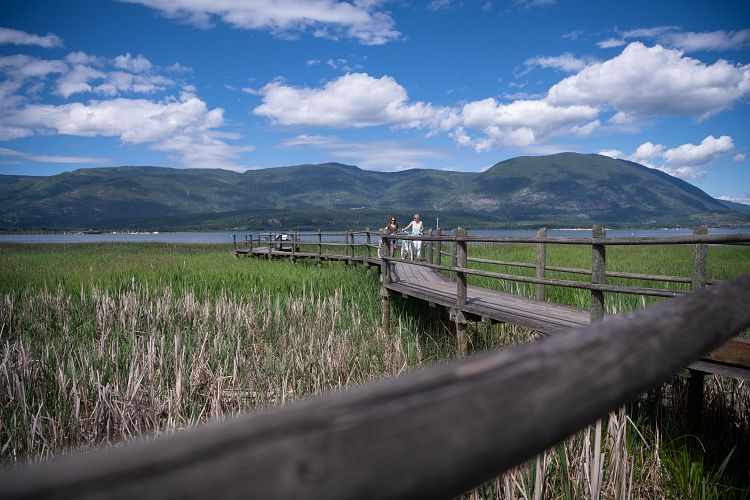
Quick Picks
Are you looking for an activity but don't know where to start? Visit our Quick Picks page to get some ideas, and figure out where to get started!
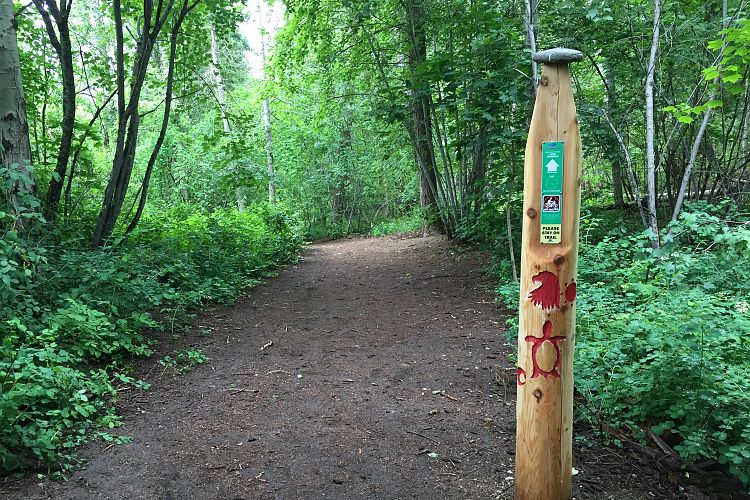
Secwepemc Landmarks Project
The purpose of the Secwépemc Landmarks Project is to create awareness of Secwépemc traditional territory through the installation of approximately 100 trailhead posts, 8 Secwépemc Landmark sculptures modelled after Secwépemc Coyote Pillars, and 8 connected interpretive panels that feature Secwépemc oral histories, place names, culture and stories connected to the Shuswap Lakes region.
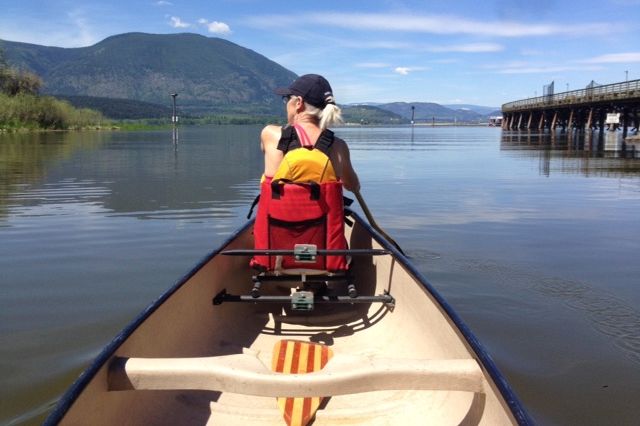
Shuswap Blueway Paddle Trails
The Shuswap is a place of water – lakes, rivers, creeks form a complex watershed that meet in Shuswap Lake before flowing through the Little Shuswap into the South Thompson River.
These waterways are the ancestral paths of the Secwepemc people, and the nursery of the great interior Sockeye Salmon runs. The trails, rivers, and lakes remain the true routes of travel throughout the region and an important reminder of the responsibility to care for the land and water.
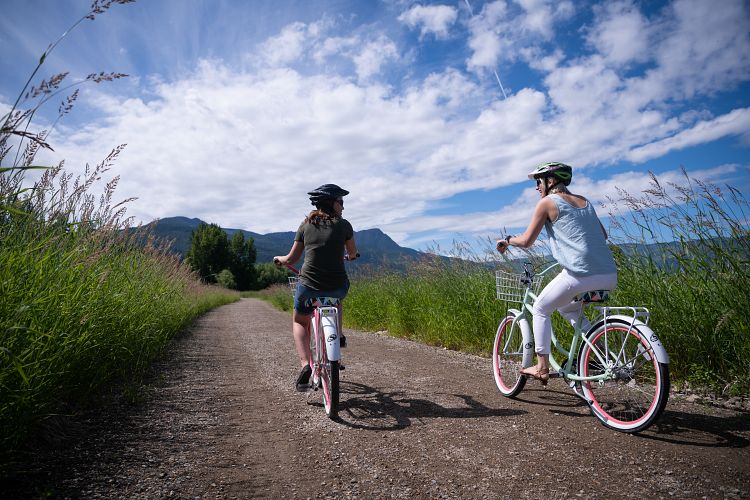
Cycle Touring
The Shuswap offers a multitude of road and gravel cycling opportunities. Nestled in the Monashee Mountains the Shuswap offers spectacular and varied roads for road riding, cycle touring and gravel grinding.
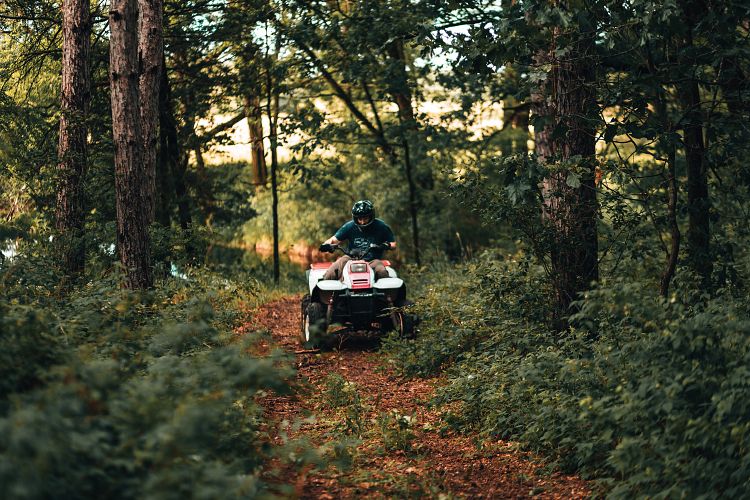
Motorized
Motorized and non-motorized recreational user groups throughout the Shuswap have made a commitment to work together through the Shuswap Regional Trails Roundtable and share in the responsible management of all recreational travel throughout the region. Together we are upholding the Secwepemc values of working together to take better care of the land through mutual respect, collaboration, and stewardship.
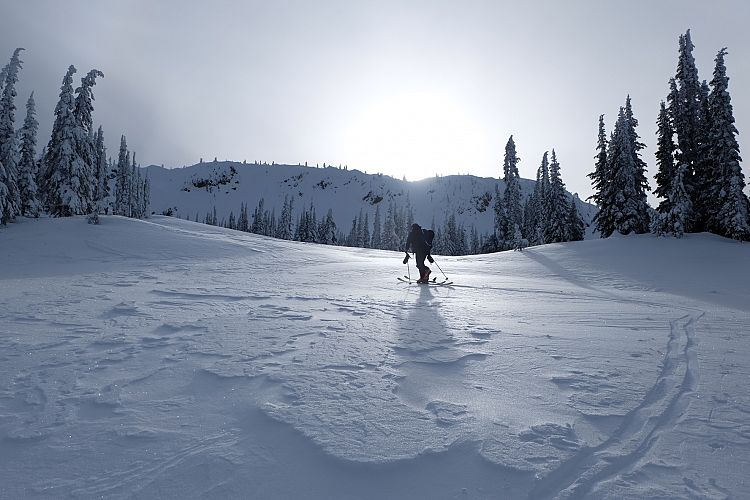
Backcountry Skiing
The Monashee mountains are known for deep powder and steep well-spaced tree skiing. While there are no formally developed ski touring areas, there is a vast landscape to explore.
Exploring Respectfully
Shuswap Trails
Fostering a healthy, engaged community in the Shuswap Region – economic/environmental/social – through well designed, maintained, and promoted trails connecting people, culture, and landscape

